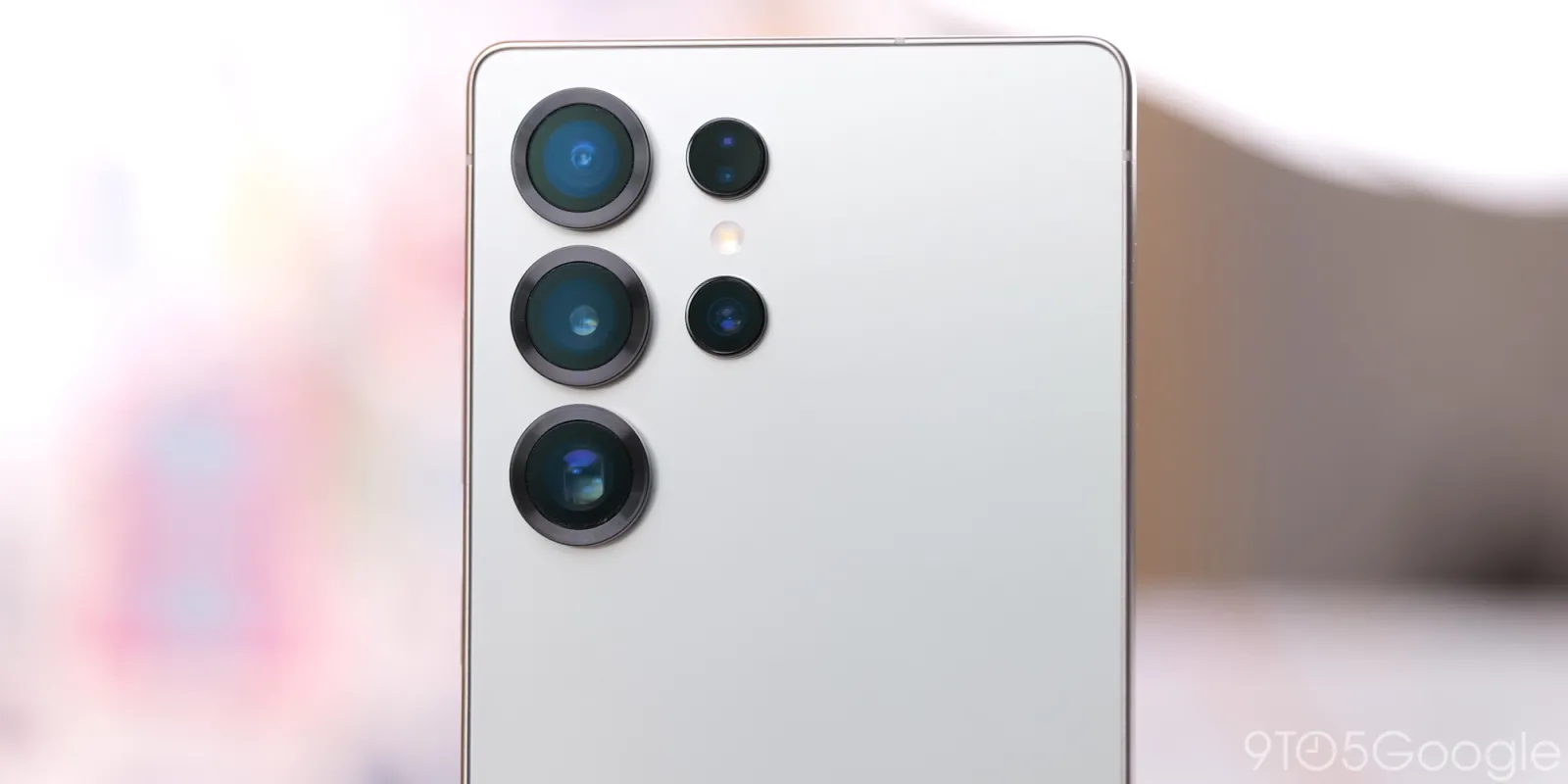Fujifilm X Half hands-on: whimsical, refreshing, and simply fun

The first thing I noticed about the Fujifilm X Half is just how small and light it is. The camera is designed to give you no excuses - you should be able to bring it with you everywhere. And after spending a few hours walking around LA with the camera, I'm starting to understand why you'd want to.
Fujifilm's latest doesn't necessarily impress on paper. The X Half is an $850 camera with a vertically oriented 1-inch sensor capable of taking 18MP photos. There's no electric or hybrid viewfinder, no stabilization, no hot shoe, and it can't even take RAW photos. It's very easy to look at that list of missing features and disregard the camera altogether.
But the X Half's simplicity is very much the point. This is a camera for taking scrappy, quick photos and capturing memories. A lot of its flaws are masked with film simulations, filters, and superimposed grain. Its limitations are a feature, not a bug.







The camera comes with a fixed 32mm equivalent f/2.8 lens. Even with all the added grain and filters turned off, I found it to perform very well. The dynamic range is acceptable with natural highlight falloff, edges are sharp, and there's even some bokeh if you plan accor …















